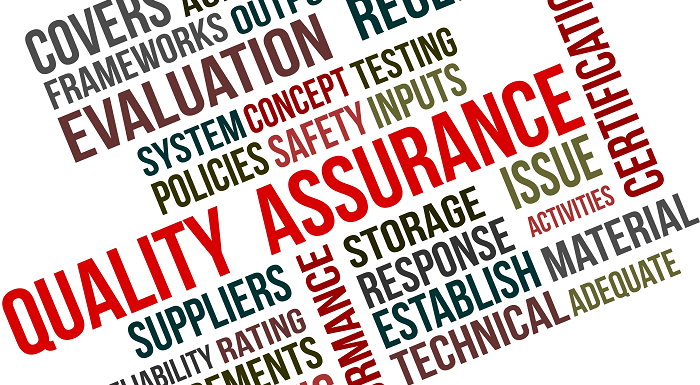To deliver effective EASA compliance audits it is necessary to pay attention to a number of key areas which are identified below for discussion purposes.
a) Maintaining Objectivity;
b) Sample Size;
c) Value of Finding Raised;
d) Operator’s Authority on Area of Audit.
Maintaining Objectivity
Objectivity requires both perspective and balance on the part of the auditor. We should also pay attention to the fundamental reason we are carrying out the audit. The audit is to ensure compliance with both the external regulatory requirements and the internal organisational requirements. If we find as auditors that the organisation is in fact compliant then we have achieved our goal. It is not correct for the Auditor to keep digging until they find “something”.
Sample Size
When we talk about audit sample size we should first of all step back to consider that we are looking at the delivery of effective process and procedure, we are also looking at the effective management of competence as well as the availability of sufficient facilities tooling and equipment as required to support the required objective.
To achieve this it is not necessary to look at 100% sample.
A sample as low as 10% is often able to demonstrate the effectiveness of the process. Also to consider an important element is the return on the investment of the auditor means auditor efficiency.
Consider that the cost of the auditor to the business is not insignificant and the ability to scale audits so that they achieve the maximum effectiveness means the auditor is available for additional activities in other areas.
Value of Finding Raised
We can apply measures when we audit as a reference point. For example, if the non-conformity is related to a potential safety issue then it is quite serious and needs to be addressed in an urgent manner. By the same token if the audit is related to an issue which whilst not a serious safety issue is never the less an issue which is negatively impacting cost then it is again important to identify and rectify in a timely manner.
Operator’s Authority on Area of Audit
Consider the difference between Contract and Subcontract relationships as it has a direct bearing on the authority of the Operator.
Consider first the Contract relationship this is where for example the operator has a contract in place with an MRO provider.
It is possible to determine a finding based on non-compliance with the contract. It is also possible to determine a finding based on the fact that the contracted organisation is deviating from regulatory or organisational requirements.
Note that every finding must be in accordance with the requirements related to a standard of some description.
Consider now the relationship which is sub contractual – for example ground service provider. In this case the operator is actually “ultimately” responsible for the delivery of all requirements and as such carries with it additional obligations related to the audit finding. (It typically has a direct bearing on the operator!)
Sofema Aviation Services www.sassofia.com offers more than 40 courses related to Quality Assurance Auditing – please see the following link https://sassofia.com/aviation-quality/ alternatively please email office@sassofia.com




